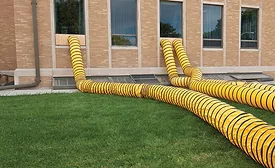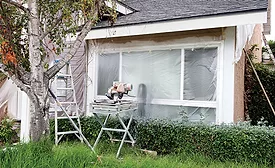Articles by Dan Bernazzani
Prepping for Disaster
With spring storm and Atlantic hurricane season right around the corner, restoration businesses need to be prepared to take advantage of a likely increase in work.
Read More
Memoirs of a Broken Water Pipe: A Very Personal Case Study
Stories of a water damage situation that got a little too personal.
Read More
Stay ahead of the curve with our newsletters.
Get the latest industry updates tailored your way.
JOIN TODAY!Copyright ©2026. All Rights Reserved BNP Media.
Design, CMS, Hosting & Web Development :: ePublishing

